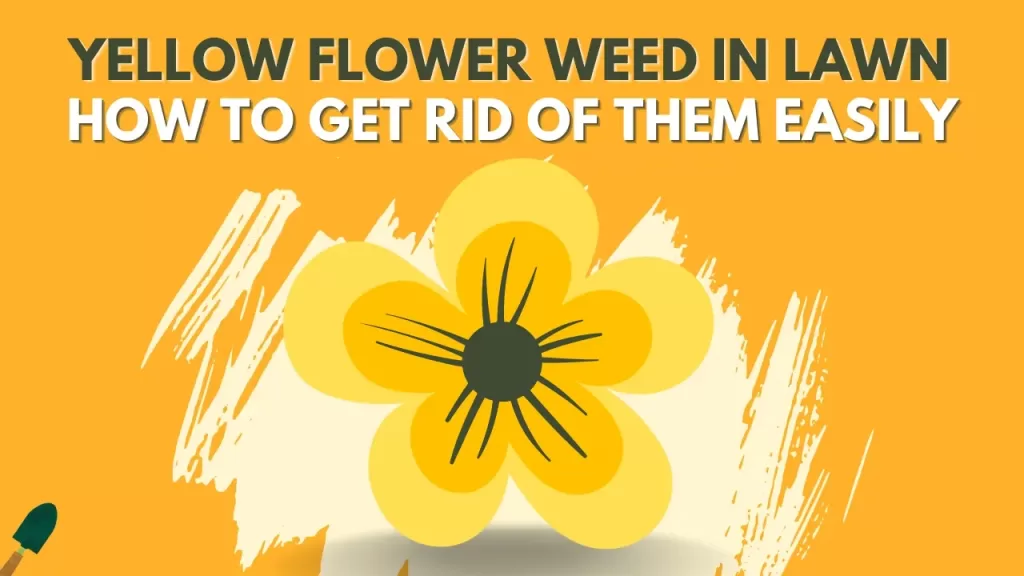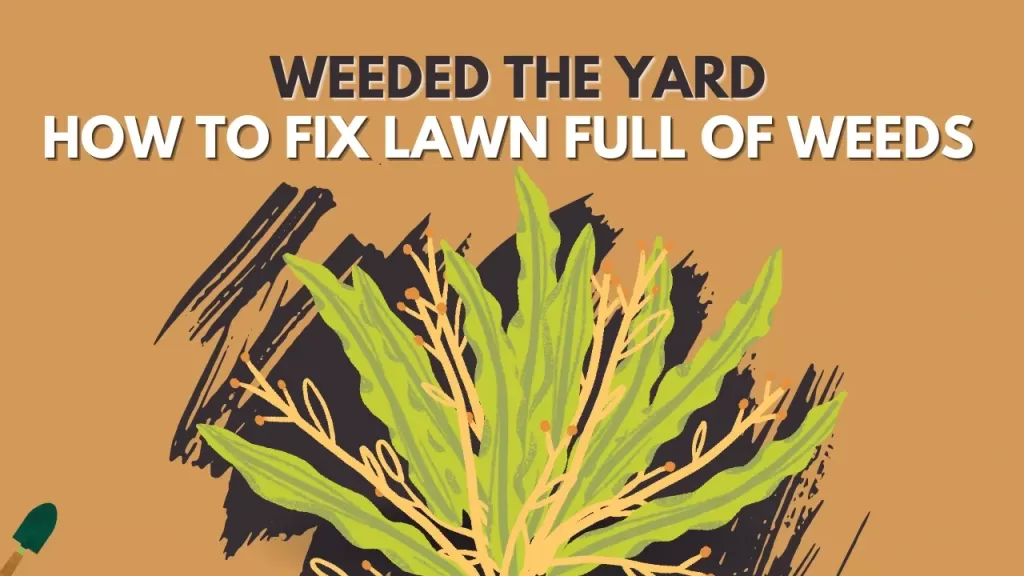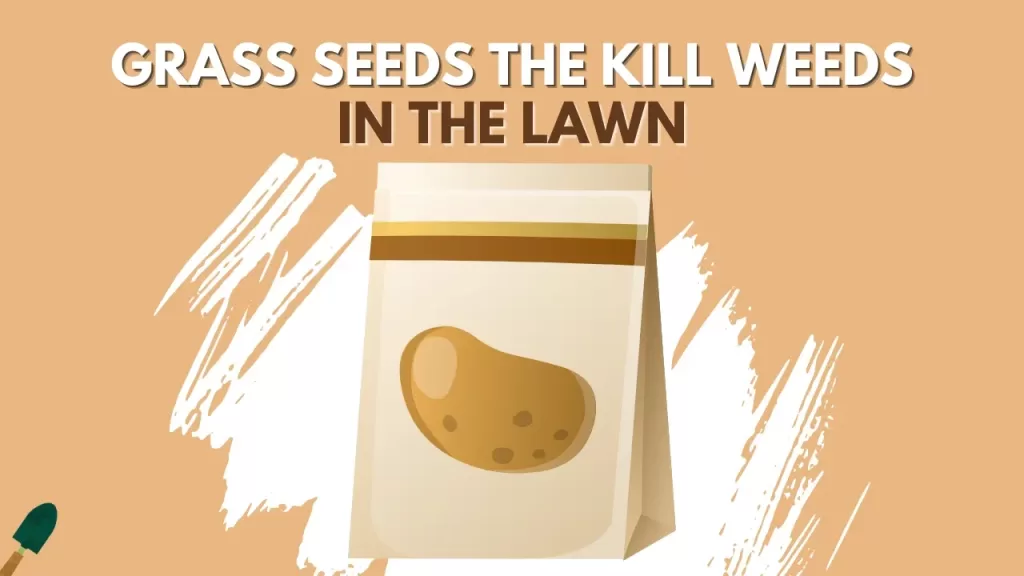Are you seeing a purple flower plant in your lawn, which is continuously growing and taking up space from the grass? These plants can be weeds, which are plants growing in the wrong place.
Purple weeds are planted which have flowers blooming with purple color. These weeds often like to grow in lawns with nice sunlight and can become invasive and destroy the whole lawn. Some of the most common purple weeds are Purple Deadnettle and Henbit weed.
Now you know about purple weeds and which are the most common ones but let’s talk about these weeds in detail and how you can get rid of them.
The four purple weeds that we are going to talk about are:
- Purple Deadnettle
- Henbit
- Creeping Charlie
- Wild Violet
Let’s talk about them in detail.
Purple Deadnettle
Purple deadnettle (Lamium Purpureum) is a part of the bigger mint family. It is one of the most common purple weeds you would find on a lawn. The name purple deadnettle is derived because of the purple flower blooming in the middle of the plant.
Purple deadnettle is not a threat to a normal healthy lawn as it prefers moist places but it can be a problem if you irrigate your lawn often and the soil is wet all the time. Another thing that can cause this weed to grow in your lawn is a field or woodland area nearby which has purple deadnettle thriving in it.
Specifications
- Comes from the mint family same as Henbit
- Purple-tinged leaves grow on the upper part of the stem with square and triangular and pointed tips
- Purple deadnettle grows in moist and unhealthy habitats. It loves to thrive in areas such as drainage patches, waste areas, lawn edges of the lawn, or any places where the moisture is good and the place is inhabitable by grass and other plants.
- The upper leaves are not attached to the stem directly which makes it very easier to identify with a purple flower on top.
How To Get Rid Of Purple Deadnettle?
Purple deadnettle is an annual plant, which grows in winter. So if you want to stop this weed to grow in your lawn, the best way is to stop the germination of the seeds in the spring. This will make your work much easier.
The best way to stop germination of the seeds is to apply a pre-emergent herbicide to your lawn in early spring before the weeds start to grow.
If you already have purple deadnettle on your lawn then you can do two things, the first is to pull it out by hand. This can be an effective way if you have a small amount of weed on your lawn.
The other method is to apply post-emergent herbicide directly to the weeds in your lawn. The herbicide will kill all the weeds in 2 to 3 days and then you can take it out with the help of a rake.
Is Purple Deadnettle Poisonous?
No, purple deadnettle is not poisonous. Purple deadnettle is a very nutritious plant and is considered to be a superfood by some experts. The purple deadnettle plant is usually used in salads and toppings. It is also mixed with other green herbs to make a healthy diet. Its leaves are edible with the top part being a little sweet.
Is Purple Deadnettle Poisonous To Dogs?
Purple Deadnettle can cause mild to severe digestive upset to your dog but it isn’t poisonous and eating purple deadnettle from the lawn won’t kill your dog. The effects would be mild and your dog will get well in a day or two.
Henbit
Henbit looks very similar to purple deadnettle and has the same color purple flower blooming in the middle of the plant.
Henbit weed also has a square stem, however, it has rounded leaves then triangular like purple deadnettle and the leaves are also attached with the stem.
Henbit loves to grow everywhere from your lawn to drainage areas to footpaths. If your lawn is susceptible to henbit weeds if it is thin grass and has places for the henbit to grow. But it isn’t a weed that outgrows the grass or thrives in your lawn, so it will be very easy for you to eliminate it.
Specifications
- Hairy and soft leaves differentiate it from the purple deadnettle.
- Upper leaves are attached directly to the stem.
- Rounded shaped leaves
- It grows very widespread in moist areas of the lawn, edges of the paths, wet patches.
- The henbit plant’s leaves and flowers are edible and used for salads and other food.
How To Get Rid Of Henbit Weed In Your Lawn?
Similar to purple deadnettle, henbit weed also grow via seed germination, and the best way to stop henbit to grow in your lawn is to stop those seeds from germinating.
Apply a pre-emergent herbicide to your lawn in the early part of the spring to stop this weed to grow in your lawn.
If you have henbit weed already growing in your lawn then you need to pull it out by hand and make sure you don’t spill and seeds from the flower and don’t leave behind any part of the root in the soil or it will come back in your lawn very fast.
The other thing you can do is apply herbicide to your lawn to eliminate already growing henbit in your lawn but it won’t be as effective as pulling out the weed manually.
Creeping Charlie
Creeping Charlie or ground ivy is also a part of the mint plant family. It also has purple flowers blooming just like henbit and purple deadnettle weed. It is a broadleaf weed that grows very low to the ground and covers your lawn very quickly if given the chance. At first glance, the tiny plant with purple leaves looks very delicate and unharming but don’t be fooled by its appearance as it can destroy your lawn and eating up all the places by killing the grass and other plants.
If you are seeing purple all around your lawn then the chances are that you have creeping charlie thriving in your lawn.
Creeping charlie is also very resilient to pests and disease and can survive it in every condition. But there are some good things to creeping Charlie as well as it is also a very good source of nectar for honey bees to make honey.
Specifications
- grows 2 to 8 inches tall in length
- Have purple flowers blooming in the middle
- Can survive in unsavory conditions like an unhealthy lawn with bad nutrients levels.
- Broadleaf plant
- Needs some sunlight to grow
- Needs moist conditions and is not resilient to drought.
How To Get Rid Of Creeping Charlie Weed?
The Creeping charlie has rhizomes that build underground and are very hard to kill so even though it is a broadleaf plant, most of the broadleaf herbicide doesn’t work effectively on creeping charlie.
If your lawn is full of creeping charlie then you have to you Dicamba, as it will kill the weed effectively.
If you have a small infestation then you can remove it by hand, just keep in mind to remove the whole plant and not just the top part as the roots can grow back and all your efforts can go in vain.
You can also block sunlight and water where the weed is growing to starve it of the nutrients and killing it but it will also kill all the plants nearby it.
Like most, if lawn weeds, Creeping Charlie also prefers unhealthy lawns to thrive. And if you want to prevent it from your lawn after eliminating it from your lawn then do proper maintenance of your lawn by mowing, watering, and fertilization. If your lawn is well maintained and has thick grass then there is no place for weeds to grow.
Wild violet
There is some debate over wild violet as some say it is a flower and others say it is a weed.
What I think is it depends on where is it growing. If it is growing in a garden, where it is wanted by the gardener, then it is a flower. But if it growing unwantedly in a lawn where it is destroying the grass then it is a weed.
Wild violet is a perennial plant that loves to grow in moist and shady areas like under the trees and the shades around the lawns. Wild violet can germinate in two ways, the first is the help of rhizomes and the second is the seeds from its purple flowers. The seeds are the most common way for wild violet as the seeds can spread anywhere through wind and rain and also from bees.
Wild violet has heart-shaped leaves and thin stems to support it and purple flowers blooming in the middle.
Specifications
- Creeping Charlie germinates through rhizomes and seeds
- Heart-shaped leaves
- Thin and delicate stems
- Grows in moist and shady areas
How To Get Rid Of Wild Violet?
Wild violet is a very resilient plant as it can grow in any unwanted place and is very tough to eradicate from your lawn.
To fully eliminate it from your lawn you need to take the help of a herbicide to kill it properly as hand pulling can spread seeds in the soil and it can grow back in your lawn.
If you want to do it manually then apply pre-emergent herbicide after the pulling so the seeds don’t germinate in the lawn.
Purple Flower Weeds Specifications Chart
| Specifications | Purple Deadnettle | Henbit | Creeping Charlie | Wild Violet |
|---|---|---|---|---|
| Scientific Name | Lamium Purpureum | Lamium Amplexicaule | Glechoma Hederacea | Viola Sororia |
| Family | Lamiaceae | Lamiaceae | Lamiaceae | Violaceae |
| Habitat | A moist and unhealthy lawn | Wet patches and lawns | Moist areas with good sunlight | Moist areas with shade |
| Height | 10-15 inches | 13-16 inches | 2-8 inches | 2-12 inches |
| Blooming Time | Spring (April) | Spring (April) | Summer(June) | Spring(May) |
There are some frequently asked questions that every lawn owner has in their mind. Let’s talk about them.
What Are Those Purple Weeds Called?
The purple weeds found in the lawn are called purple deadnettle (Lamium purpureum) or Henbit (Lamium amplexicaule). Both of these weeds are very common in lawns and comes from the same mint family and often get confused because of their similar appearance. They both have square stems and grows high on the lawn. Both of the weeds have purplish leaves and grows purple flowers in the middle of them.
What Is The Purple Weeds In My Yard?
The purple weeds in your yard are purple deadnettle, henbit, wild violet, or creeping charlie. These four weeds have purple flowers blooming in the middle which looks good in the begging but can be very hard to remove from your lawn and can damage the turf in your lawn. These flowering plants are called weeds because they can grow in your lawn like a wildfire and make your lawn look ugly.
How Do I Get Rid Of Purple Weeds In My Lawn?
To get rid of purple weeds on your lawn, the best way is to use a herbicide containing glyphosate. Glyphosate is very effective in eliminating purple weeds from your lawn. Spray the solution directly to the weed to let it get dry. The herbicide will show the result in 2 to 3 days, and the weeds will start to turn yellow and then brown. Avoid spraying the herbicide solution in other plants as it can harm them as well.
Are Purple Flowers Weeds?
Not all the purple flowers are weeds, but there are some weeds that have purple flowers blooming in the middle. The most common purple flower found on the lawns is Purple Deadnettle and Henbit. These both are lawn weeds and have a purple color flower with a square stem.
What Are The Worst Weeds?
There are some of the worst weeds which can destroy your lawn and make it thin and ugly. You need to beware of these weeds and take necessary precautions if you find them on your lawn.
- Wild violet
- Ground Ivy
- Purple Deadnettle
- Henbit
- Crabgrass
- White clover
- Dandelion
- Creeping Charlie
- Poison Ivy
- Black Medic
Tall Weeds With Purple Flowers
Henbit is a tall weed with purple flowers in it. Henbit grows around 13 to 16 inches tall and can grow really fast in the lawns. It is a very hardy weed that can be very difficult to remove from your lawn. Another tall weed with purple flowers is purple deadnettle, as it also grows around 10 to 15 inches tall and can occupy your lawn very quickly.
HOPE YOU FIND OUT WHICH PURPLE FLOWER WEED IS GROWING IN YOUR LAWN AND HOW YOU ARE GOING TO REMOVE IT.




